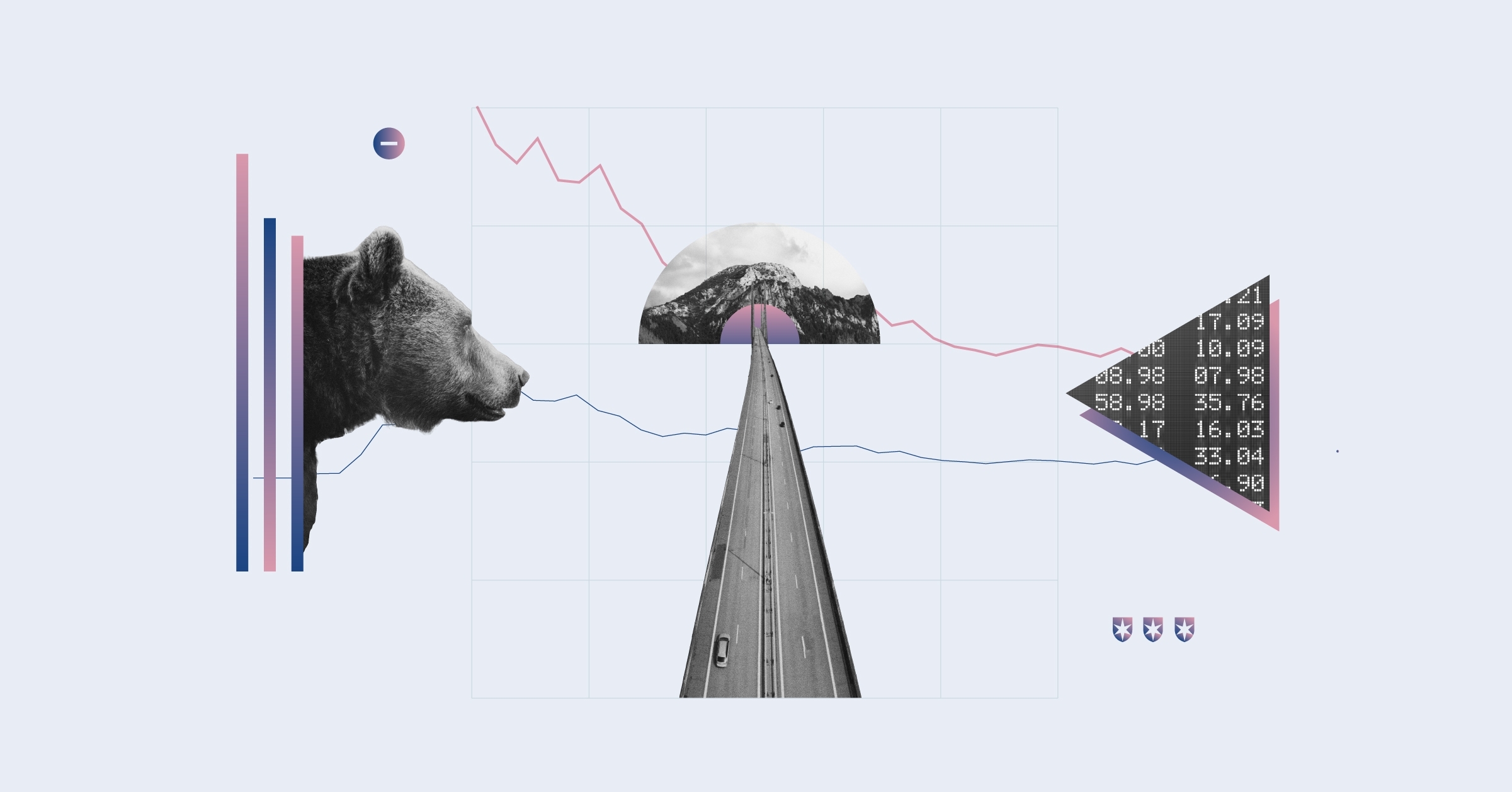It’s been a pretty busy few days for BP, as multiple events affecting the company have unfolded: the separation of BP’s Onshore U.S. business, a material Macondo oil spill court ruling, and political turmoil in Ukraine and Russia. That said, these events don’t collectively change our long-held view of the company, which is that BP has finally turned the corner from the Macondo oil spill and is about to embark on a multiyear period of operating cash flow growth. Indeed, management today unveiled 2015 to 2018 cash flow targets that support this notion.
Our expectations remain that BP can handily meet its $30 billion-$31 billion cash flow target for this year and thereafter expanding annual operating cash flow to $34 billion-$35 billion by 2017/18.
Regarding the separation of Onshore U.S. Upstream, details remain scarce as to what BP’s intentions are for creating a separate company to run the upstream portion of its onshore U.S. business. On the one hand, shale gas - which is where all growth in these assets will come from, is a very different game than conventional oil and gas, and management may have realised that the culture required to succeed is different than its own. But it’s also possible that BP is preparing to spin off this business in the future; if so, the company’s primary motivation won’t be known for some time, as BP disclosed it will not begin disclosing financials for this new segment until 2015.
BP’s onshore U.S. portfolio is largely focused on natural gas. Currently natural represents 80% of production here and a similar portion of onshore U.S. reserves. Although BP is easily one of the largest U.S. natural gas producers, its portfolio as a whole is not particularly low-cost. The company has stated it aims to be cash flow neutral at $4/mcf (a thermal unit of energy), implying that it has yet to reach this point. Without question, this business has been a drag on its upstream returns for the last couple years. Key resource positions in BP’s Onshore U.S. portfolio are the San Juan Basin, as well the Eagle Ford, Haynesville, and Arkoma/Woodford shales. Oil production currently totals 60 million barrels per day and comes from a variety of mature fields.
In any event, given that the Gulf of Mexico, Alaska, and BP’s downstream assets are excluded, the resources of this new unit represent a rather small portion of the BP’s value and near-term cash flows. This also will not be used as a ‘bad bank’ to house BP’s remaining Macondo liability exposure. Our sense is this strategic move will help to improve the capital efficiency of BP’s U.S. gas assets, but strong returns on capital re-emerging still largely depends on higher future prices.
We are increasing our fair value estimate to £5.25 per share from £4.95 as we update both our near-term oil price and financial forecasts.
Does Ukraine Pose a Threat?
We are making no changes to our valuation of Rosneft despite the heightening tensions between Russia and Ukraine. Despite the continued turmoil, as of now there does not appear to be any negative impact on Russia’s ability to profit from the sale of crude oil production. We therefore have not made any material adjustment to our valuation of BP’s 20% stake in Rosneft. Our valuation is a 25% discount of the current market value of BP’s stake: the events that have unfolded this week are precisely why we’ve always discounted this holding so severely.




























